Vietnam’s regulations on principles of disease outbreak investigation and the content thereof for aquatic animals
On May 10, 2016, the Ministry of Agriculture and Rural Development of Vietnam issued Circular No. 04/2016/TT-BNNPTNT on prevention and control of aquatic animal diseases.
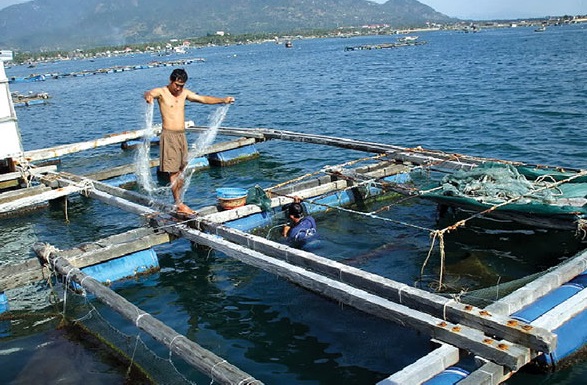
According to Clauses 1 and 2 Article 13 of Circular No. 04/2016/TT-BNNPTNT of the Ministry of Agriculture and Rural Development of Vietnam, principles of disease outbreak investigation and the content thereof for aquatic animals are specified as follows:
Principles of disease outbreak investigation
- Disease outbreak investigation should only be conducted for the following situations: outbreaks of newly emerging diseases; outbreaks of diseases listed in the List of aquatic animal diseases that must be announced of a wide-scale epidemic resulting in significant mortality in aquatic animals; when requested by the competent authority or the farm owner.
- Disease outbreak investigation should be carried out within 1 (one) day for lowland areas and 2 (two) days for deepwater and remote areas from the time of detection or receipt of information about dead or diseased aquatic animals.
- Information about the disease outbreak must be collected in a detailed, complete, accurate, and timely manner.
- Prior to conducting the investigation, complete information about the aquaculture environment, the disease, necessary materials, tools, equipment, and chemicals for the investigation should be gathered, including sampling tools, sample preservation, and transportation methods, as well as the existing regulations on disease prevention and control; adequate human resources, equipment, financial resources, and protective gear should also be available. Standardized forms and tools for data collection should be prepared.
Contents of disease outbreak investigation
- Collecting initial information on environmental monitoring indicators before and during the disease outbreak; identifying basic epidemiological characteristics and the existence of the outbreak; tracing the origin of the outbreak.
- Investigating and updating information on the outbreak at the facility where the diseased aquatic animals are found, including: checking and cross-referencing with previously reported information, monitoring environmental parameters (if available), conducting clinical examinations, noting the number, species, age, and date of detection of diseased aquatic animals, recording the area (or number) of diseased aquatic animals, water depth in the farming area, and the area (or number) of stocked animals; documenting the feed, medications, and chemicals used; observing the development of the disease at the affected site; identifying the origin of the breeding stock and results of testing and quarantine before stocking.
- Describing the progression of the outbreak over time, location, and affected aquatic animals; assessing the causes of the outbreak.
- Proposing research on risk factors and conducting necessary sampling for disease testing and pathogen identification.
- Summarizing, analyzing, evaluating, and providing a definitive diagnosis of the outbreak. Identifying the disease and its transmission methods.
- Reporting the results of the disease outbreak investigation, providing assessments, forecasting the disease situation in the near future, and proposing preventive and control measures.
View more details at Circular No. 04/2016/TT-BNNPTNT of the Ministry of Agriculture and Rural Development of Vietnam, effective from July 01, 2016.
Ty Na
- Key word:
- Circular No. 04/2016/TT-BNNPTNT
- Number of deputy directors of departments in Vietnam in accordance with Decree 45/2025/ND-CP
- Cases ineligible for pardon in Vietnam in 2025
- Decree 50/2025 amending Decree 151/2017 on the management of public assets in Vietnam
- Circular 07/2025 amending Circular 02/2022 on the Law on Environmental Protection in Vietnam
- Adjustment to the organizational structure of the Ministry of Health of Vietnam: Certain agencies are no longer listed in the organizational structure
- Vietnam aims to welcome 22-23 million international tourists in Vietnam in 2025
-
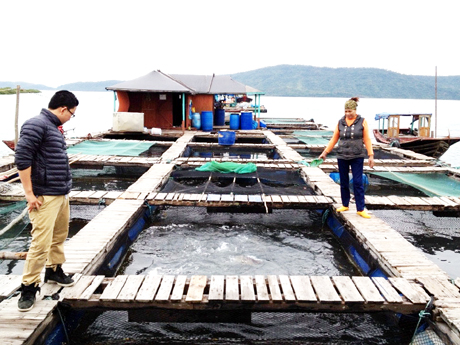
- Vietnam: Responsibilities of the Veterinary Department ...
- 16:50, 16/05/2016
-

- Vietnam: Responsibilities of the Veterinary Sub ...
- 16:45, 16/05/2016
-
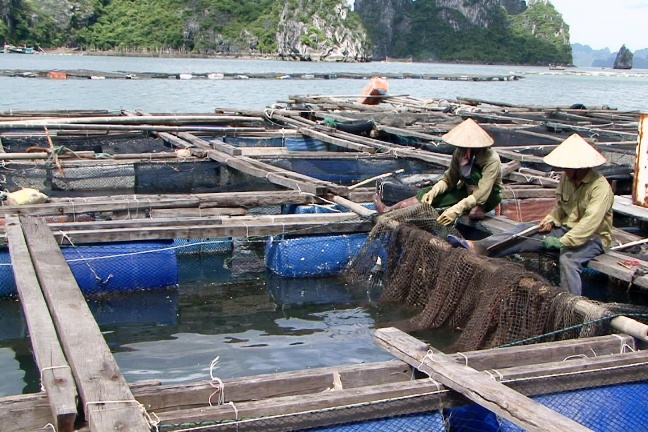
- Circular 04: Vietnam’s regulations on disposal ...
- 16:38, 16/05/2016
-
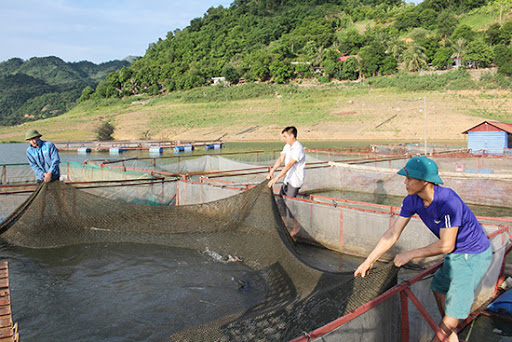
- Circular 04: Vietnam’s regulations on treatment ...
- 16:27, 16/05/2016
-
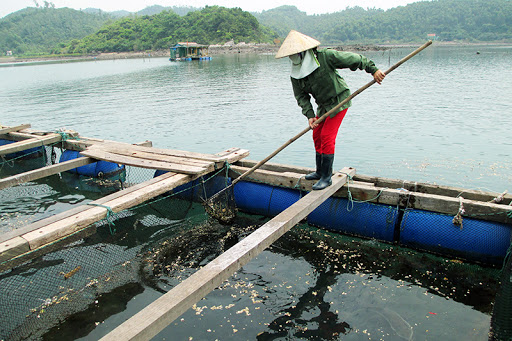
- Vietnam: Requirements for harvesting aquatic animals ...
- 16:18, 16/05/2016
-

- Notable new policies of Vietnam effective as of ...
- 16:26, 11/04/2025
-
.Medium.png)
- Notable documents of Vietnam in the previous week ...
- 16:21, 11/04/2025
-
.Medium.png)
- Notable documents of Vietnam in the previous week ...
- 16:11, 02/04/2025
-
.Medium.png)
- Notable new policies of Vietnam to be effective ...
- 16:04, 02/04/2025
-
.Medium.png)
- Notable new policies of Vietnam effective from ...
- 14:51, 21/03/2025
 Article table of contents
Article table of contents
